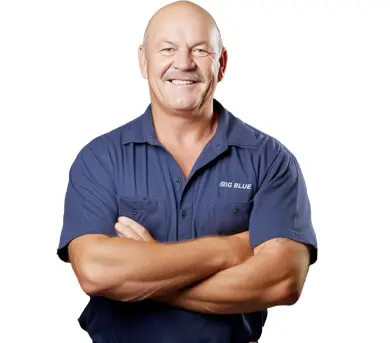You hear the dreaded dripping again. It’s coming from somewhere under the sink, but you’ve tightened every connection and snaked the drain a dozen times.
The constant clog in your shower drain is back, too, and you’re tired of chemical cleaners that never seem to work. Replacing the pipes sounds like a huge mess; the cost is enough to make your head spin.
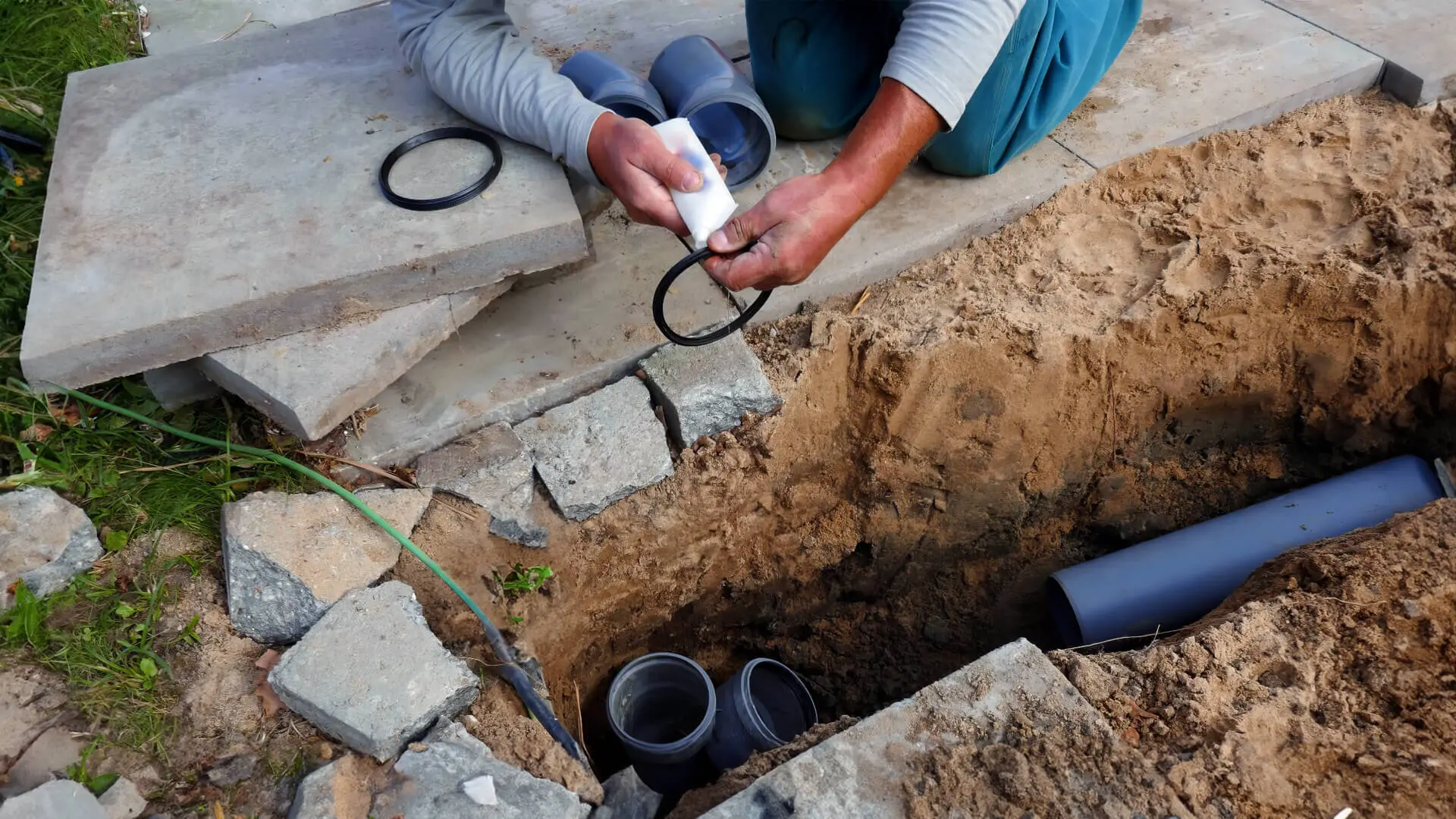
There is a better way. Pipe relining might be the answer to your plumbing woes. It’s a minimally invasive, cost-effective solution for repairing damaged drains and pipes.
Unlike traditional methods that require extensive digging, relining creates a brand new pipe within your existing one without tearing up your floors or landscaping.
So how does it work? Pipe relining essentially creates a “pipe within a pipe.” A specially designed liner, saturated with a strengthening resin, is inserted into the damaged pipe. Once cured, this liner hardens, forming a smooth, durable new inner pipe.
But is pipe relining right for your home’s plumbing problems? Not all pipes are ideal candidates. In this blog, we’ll explore the different types of pipes and which ones can benefit from this trenchless repair technique.
Pipe Types Suitable for Relining
Pipe relining offers a trenchless method for reviving damaged underground pipes.
This less intrusive method forms a new lining inside your existing pipe, increasing its longevity and sparing you from excavation hassle. However, not all pipes are equally suitable for relining; some are more compatible with this method than others.
Let’s explore which pipe materials benefit most from this modern marvel.
Cast Iron
Pre-1960s homes often boasted cast iron pipes, a sturdy material in its prime. However, time takes its toll, and these pipes are susceptible to rust and cracks. The good news is relining is an excellent solution for these aging warriors.
This lining forms a smooth, corrosion-resistant barrier that effectively fixes leaks and structural issues. But, if the cast iron pipes are too damaged or collapsed, traditional excavation and replacement might be necessary.
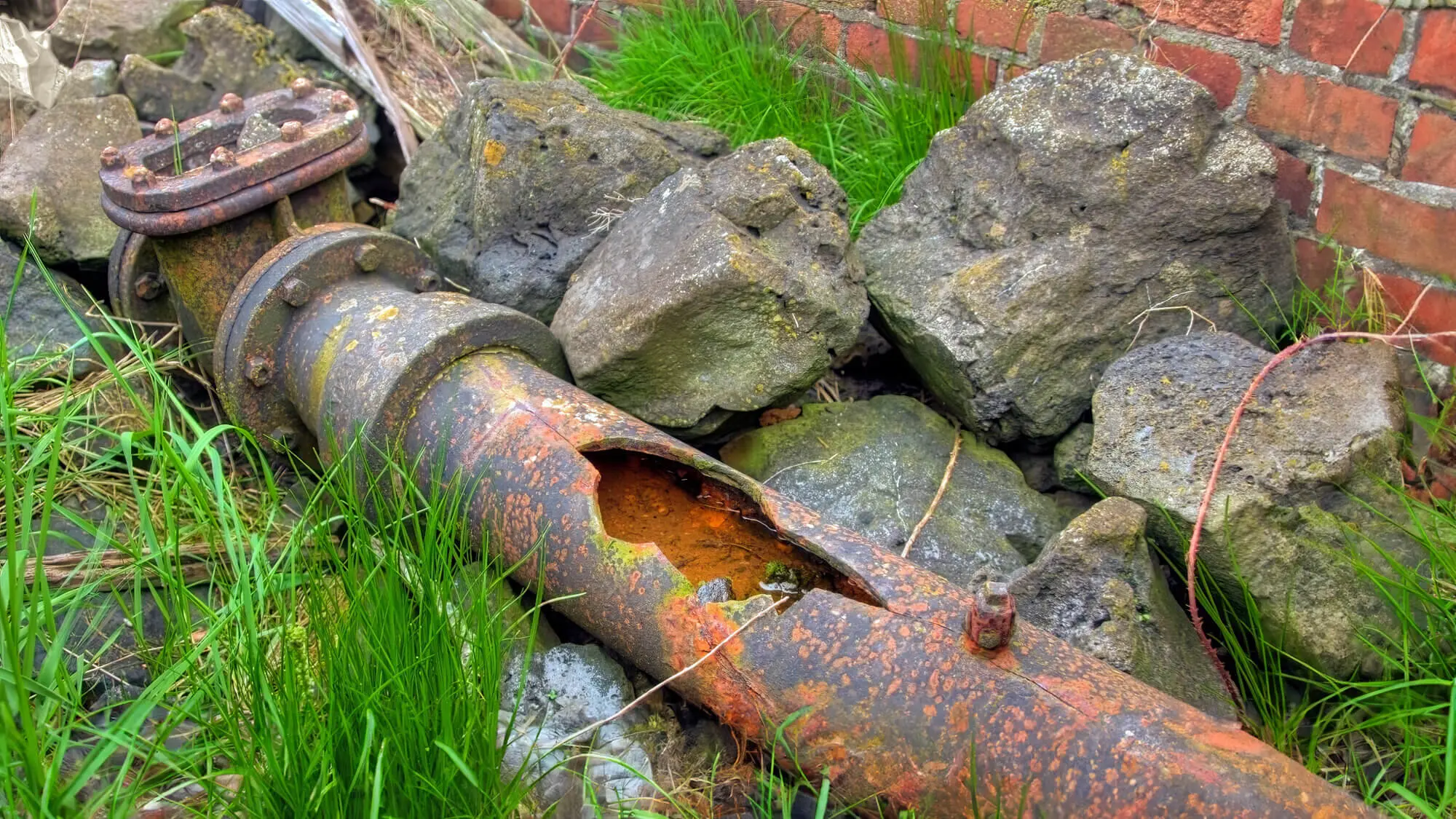
Clay Pipes
Clay pipes were another common fixture in older plumbing systems. While strong, they are brittle and prone to cracks, especially at the joints. This makes them prime candidates for relining. The lining bridges these gaps and creates a renewed, leak-proof pipe.
It’s important to note that extensively deteriorated or collapsed clay pipes might necessitate traditional methods for complete repair.
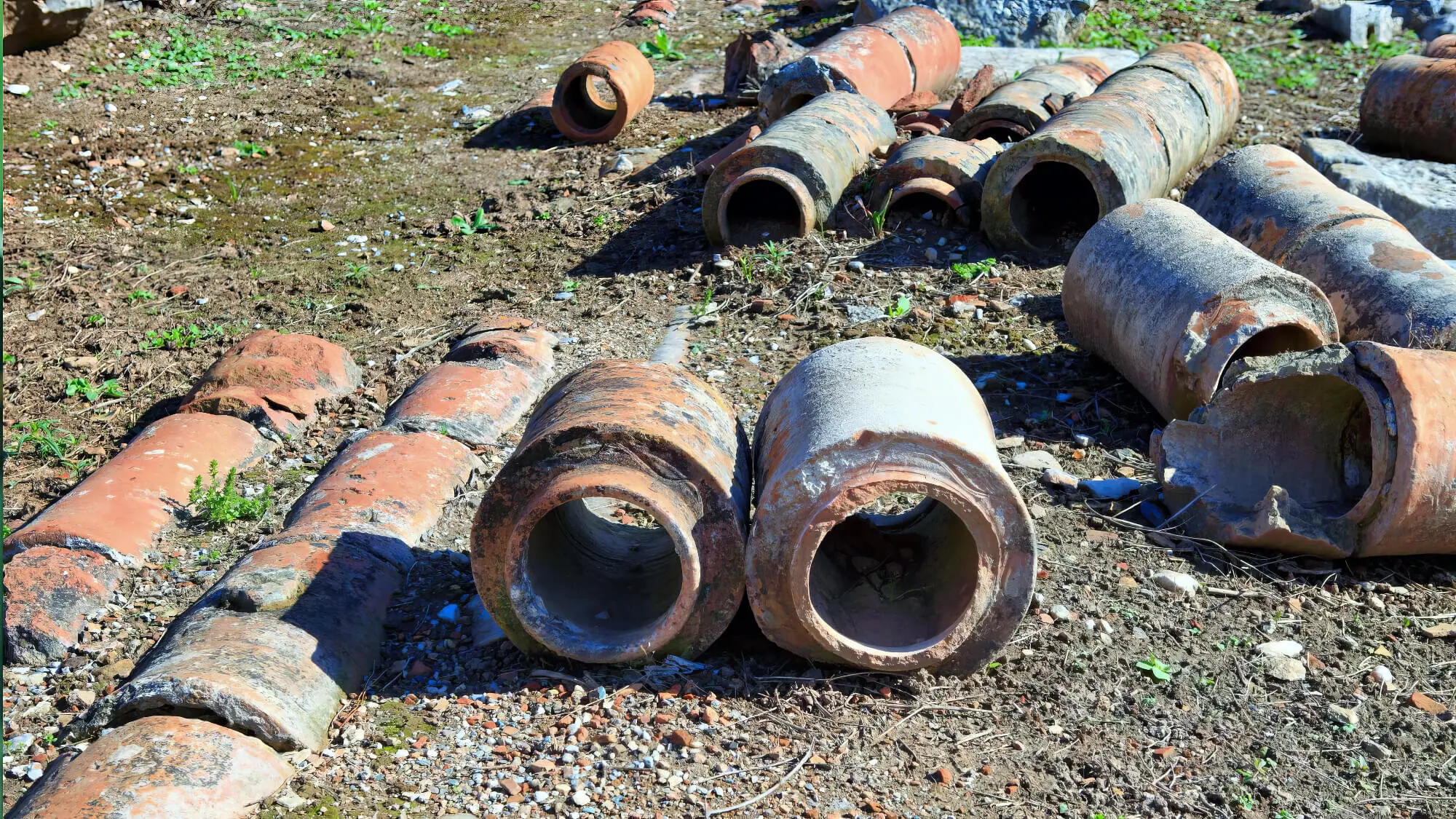
Giving PVC a Second Life
Polyvinyl chloride (PVC) reigns supreme in modern plumbing systems. However, even these reliable pipes can develop issues like cracks, holes, and misalignment over time. Pipe relining can also restore structural integrity and functionality.
However, the size and overall condition of the PVC pipe will determine its suitability for relining. Smaller diameter pipes or those with significant damage might not be ideal candidates.
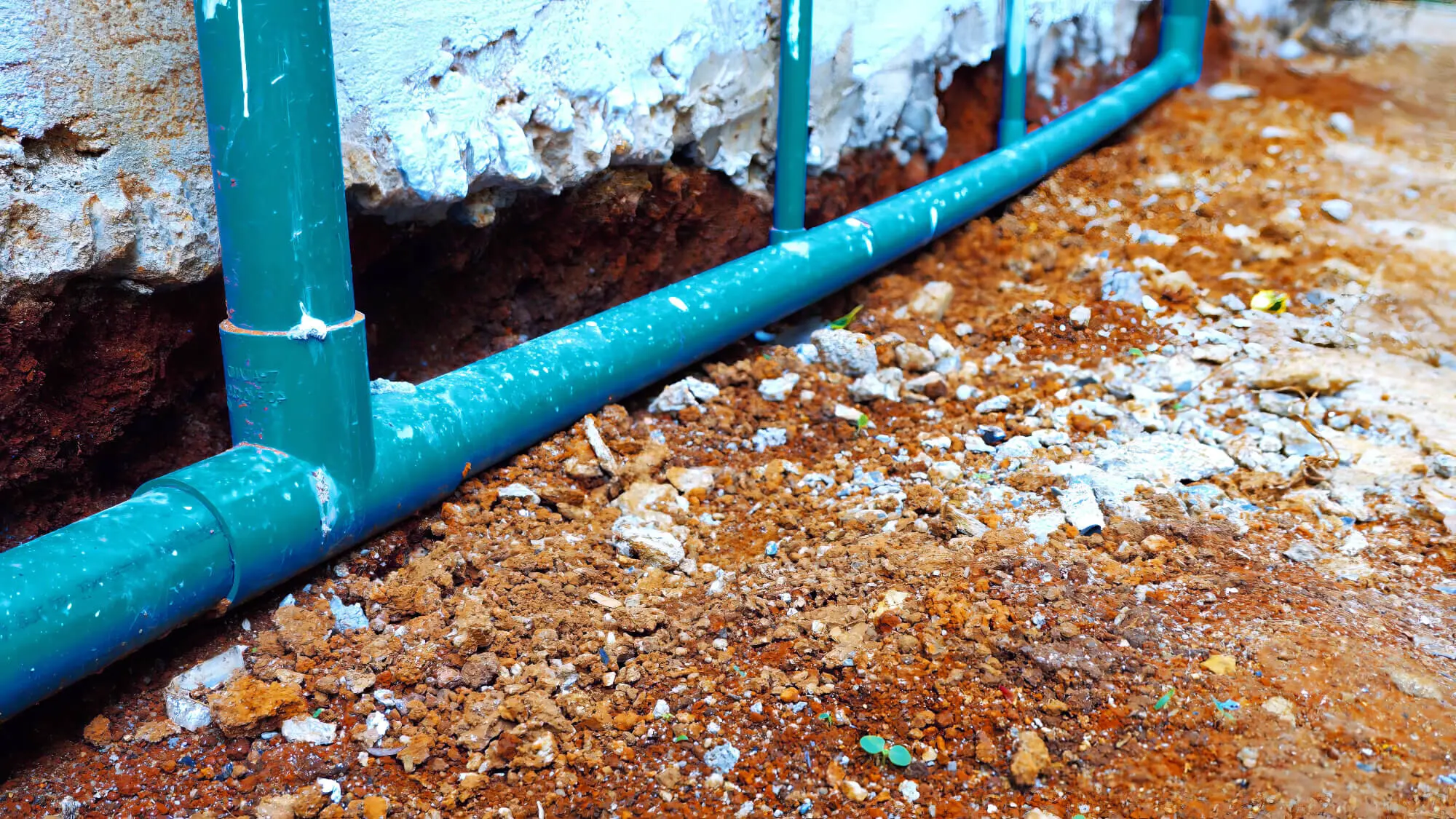
Concrete Piping
Concrete pipes are workhorses often used in drainage and sewer lines.
They’re tough but not invincible. Cracks, root intrusion from determined trees, and corrosion can compromise their effectiveness.
Here’s where relining shines. The lining creates a new, impenetrable barrier within the concrete pipe, preventing leaks and further damage.
The diameter of the concrete pipe and the extent of the damage will influence the specific relining method chosen.
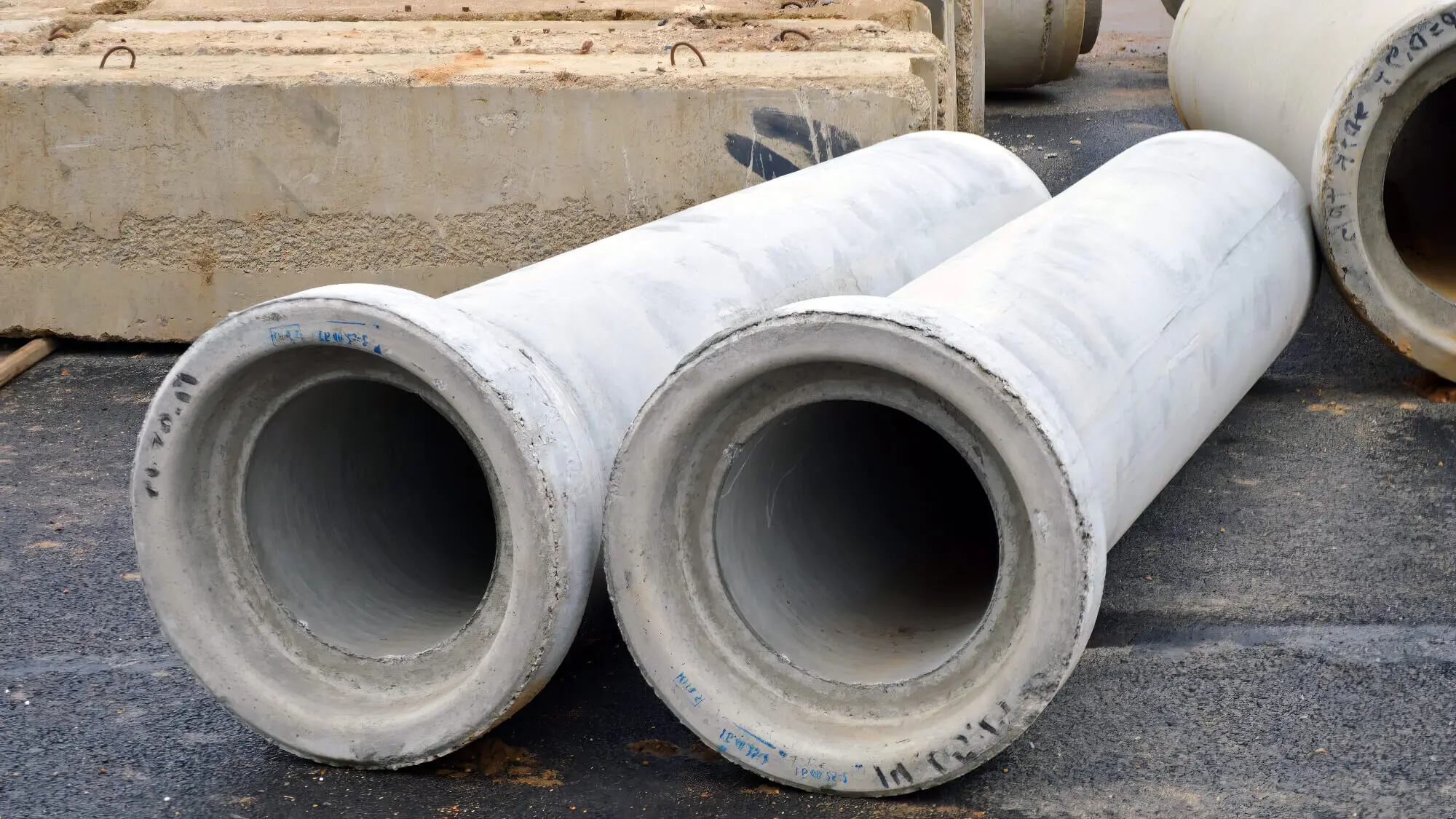
Pipe Relining Suitability
Pipe relining offers a trenchless solution for repairing damaged pipes, but its effectiveness depends on several factors.
Pipe Diameter
Relining is most suitable for pipes between 40mm and 225mm in diameter. Smaller pipes might require spot repairs or replacements, while larger diameters might benefit from other rehabilitation methods.
Extent of Pipe Damage
Pipes that are severely damaged with large cracks, holes, or have completely collapsed may not suit relining. A professional assessment can determine if the repair method is viable for the level of damage.
Pipe Bends and Angles
While some relining techniques can handle bends, sharp angles or multiple bends can hinder the process. A CCTV camera inspection can provide a clear view of the pipe’s interior, allowing for a more accurate assessment of its suitability for relining.
Professional Inspection
Before recommending relining, a qualified plumber should perform a thorough inspection. A CCTV camera inspection is a valuable tool that provides a detailed visual assessment of the pipe’s condition, including the extent of damage, presence of bends, and overall suitability for relining.
Alternatives to Pipe Relining
While pipe relining is a great option for many situations, there are alternatives to consider. Though disruptive with trenching, traditional pipe replacement is best for severely broken or misaligned pipes.
For smaller issues, pipe patching can address cracks or holes, particularly in accessible locations like basements.
Consulting a professional will help determine the best course of action for your specific pipe woes.
Restore Your Pipes with Long-Lasting Pipe Relining Solutions
Pipe relining is a versatile solution for a wide range of pipe problems.
From cracks and leaks to root intrusion and corrosion, this trenchless repair method can restore your pipes to proper functionality for years to come.
Whether you have drainage issues or damaged water lines, pipe relining could be the answer.
For a free consultation and expert advice on pipe repair solutions, contact Big Blue Plumbing. Our qualified plumbers possess the experience and knowledge to assess your specific pipe needs and recommend the most suitable approach. As a trusted provider of pipe relining services across Australia, Big Blue Plumbing is your one-stop shop for trenchless pipe repair methods.
Let our expertise get your plumbing flowing smoothly again.
Frequently Asked Questions About Pipe Relining
How long does the pipe relining process typically take?
Relining pipes is generally faster than replacing them the old-fashioned way. Depending on how complex and long the pipe is, a typical residential relining job often wraps up in just one day.
However, larger or more complex projects may take longer. The resin’s curing time varies, generally between 2 and 24 hours.
Is pipe relining environmentally friendly?
Yes, pipe relining is considered an environmentally friendly option for pipe repair. It reduces the need for excavation, which minimises soil disturbance and the potential for damaging surrounding ecosystems.
Additionally, relining extends the life of existing pipes, reducing the demand for new pipe materials and the energy required to manufacture and transport them.
Can pipe relining fix root intrusion problems?
Pipe relining can really tackle root intrusion problems. It creates a seamless, joint-free pipe within the damaged one, effectively blocking any entry points for roots.
However, it’s important to remove the existing root intrusion before relining. Some companies use methods like hydrojetting and CCTV drain camera inspections to identify the issue and clear the pipe before the relining process.
Can pipe relining be used for potable water pipes?
Yes, pipe relining can be used for potable water pipes, but it’s crucial to use materials that are specifically approved for drinking water. Food-grade epoxy resins designed for this purpose meet health and safety standards. Always ensure that your plumber uses materials certified for potable water systems if you’re relining drinking water pipes.
